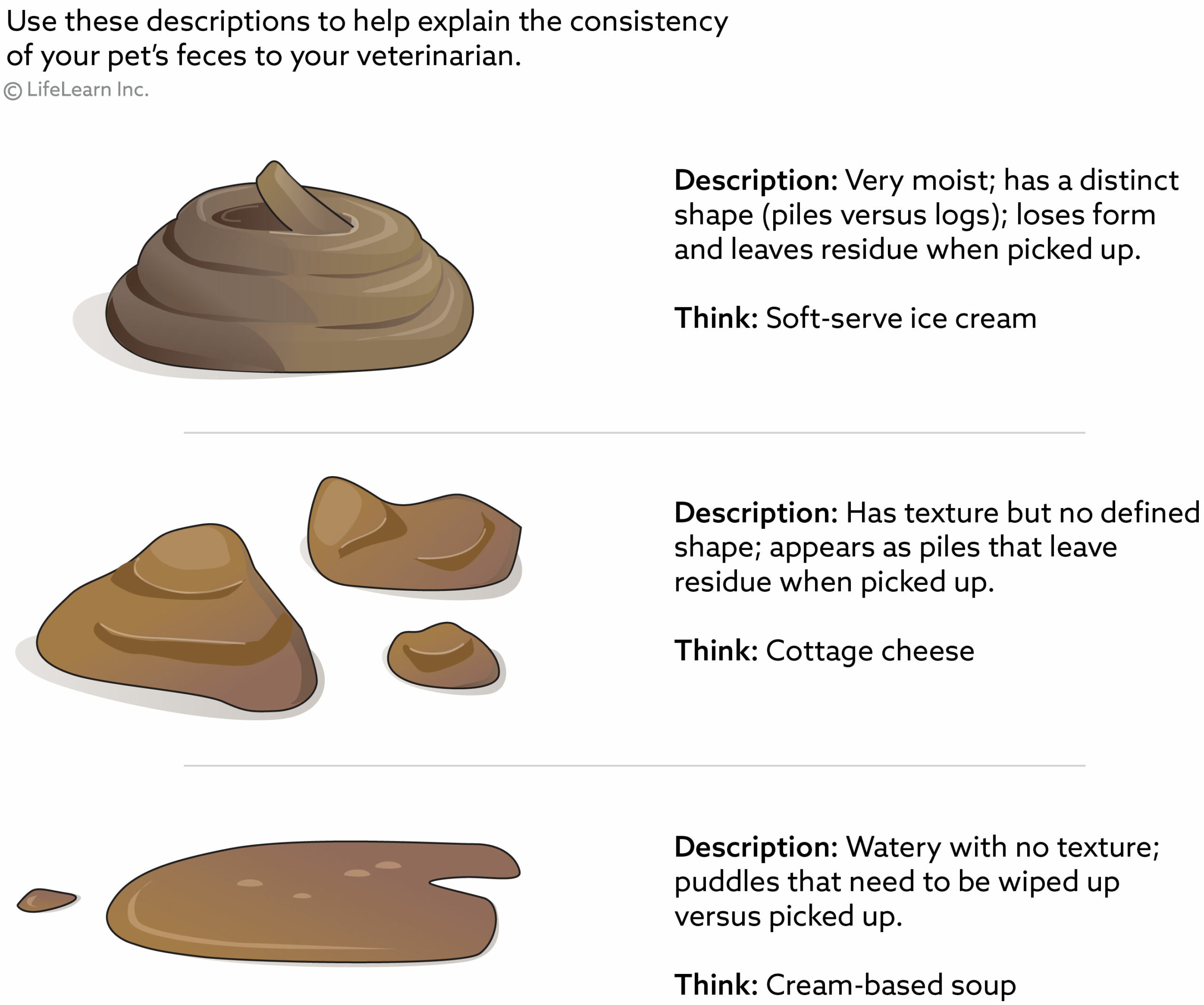Acute Vomitng
What is acute vomiting?
Acute vomiting is when a patient has forceful expulsion of stomach contents (recent ingesta/food) and sometimes parts of the small intestines (yellow bile) for period of less than approximately 5-7 days.
Vomiting is associated with many disease processes such as gastrointestinal disease, bowel obstruction, systemic or metabolic disease and toxicity. Severe vomiting can result in serious consequences, including dehydration, acid-base and electrolyte disturbances, inflammation of the oesophagous, aspiration pneumonia and malnutrition.
The condition is associated with a series of neurological and hormonal control involving the coordination of the gastrointestinal, musculoskeletal and respiratory system.

What are the causes?
Many cases of acute vomiting are dietary related such as dietary intolerance and indiscretion. Other causes include intake of specific drugs, inflammation caused by viral/bacterial pathogens, ingestion of toxins and specific causes from systemic/abdominal/neurological/endocrine/parasitic diseases and disorders.
What are the clinical signs?
Vomiting consist of three stages: nausea, retching and subsequent expulsion of the gastric conditions. Specific clinical signs of animals will depend on the underlying cause. Most animals will present with:
- Reduced appetite.
- Continuous vomiting.
- Dehydration
- Abdominal Pain
- Weakness and lethargy.
- Excessive gut sounds and abdominal pain.
- +/- diarrhoea

What tests are involved?
Gathering a thorough history of the patient is the first step to evaluating acute onset vomiting. After a thorough history is attained the veterinarian will perform a physical examination whilst paying extra attention to the abdomen (e.g. assessing for pain, potential foreign body, abdominal sounds etc).
If vomiting signs are mild, full physical exam can be sufficient. When vomiting signs are more serious, a full blood count, biochemistry analysis, urinalysis and abdominal radiographs are recommended as a minimum. Further additional testing may involve completing an abdominal ultrasound, parasite testing and GI assays.
How is it treated?
Treatment will depend on severity of clinical signs. Some cases will resolve spontaneously. Other cases can be managed as an outpatient when their physical examination and initial set of diagnostics are unremarkable. Hospitalisation of the animal and constant monitoring is recommended if signs are severe, alongside with prescribed medication.

How do you investigate patients with vomiting?
A wide variety of investigations are used to diagnose the cause of car and dog vomiting and to determine the best therapy. Initial blood tests are used to rule out a number of non-gastrointestinal diseases. There are specific blood tests that can also be used to evaluate for intestinal disease and pancreatitis. Diagnostic imaging (e.g. radiography, ultrasonography) can be used to non-invasively examine the architecture of the stomach and related organs. Endoscopy is often used to view inside of the stomach and upper intestines. Biopsy forceps can be passed down the endoscope to allow pinch biopsies to be taken. Sometimes surgical exploration is necessary to perform procedures such as foreign body removal.

Will my pet get better?
The likely outcome depends upon a number of factors. Most important is the underlying disease; certain diseases are considered very difficult to treat and carry a poor prognosis. More optimistically, many of the cases we see achieve significant improvements as long as treatment (diet and/or drugs) are maintained.



